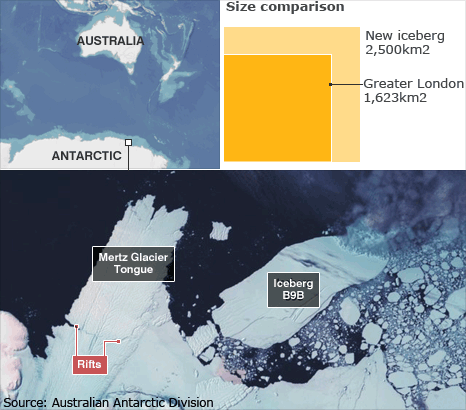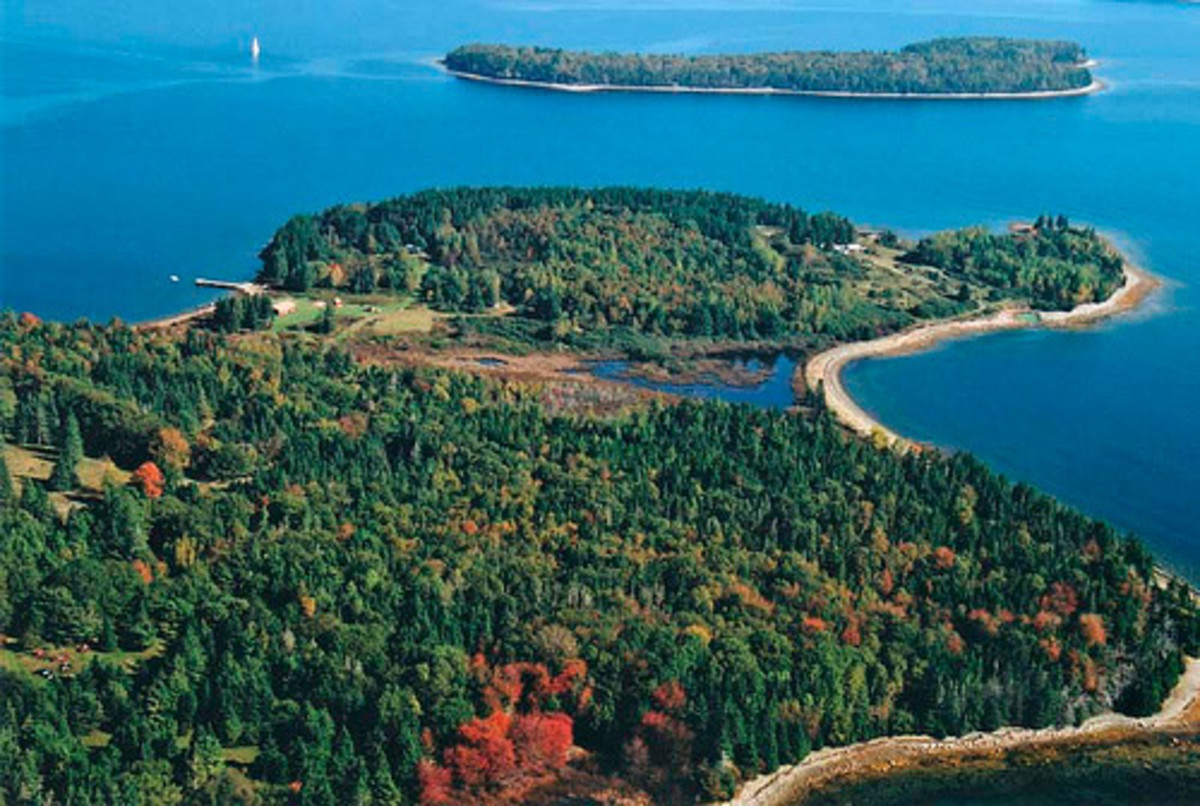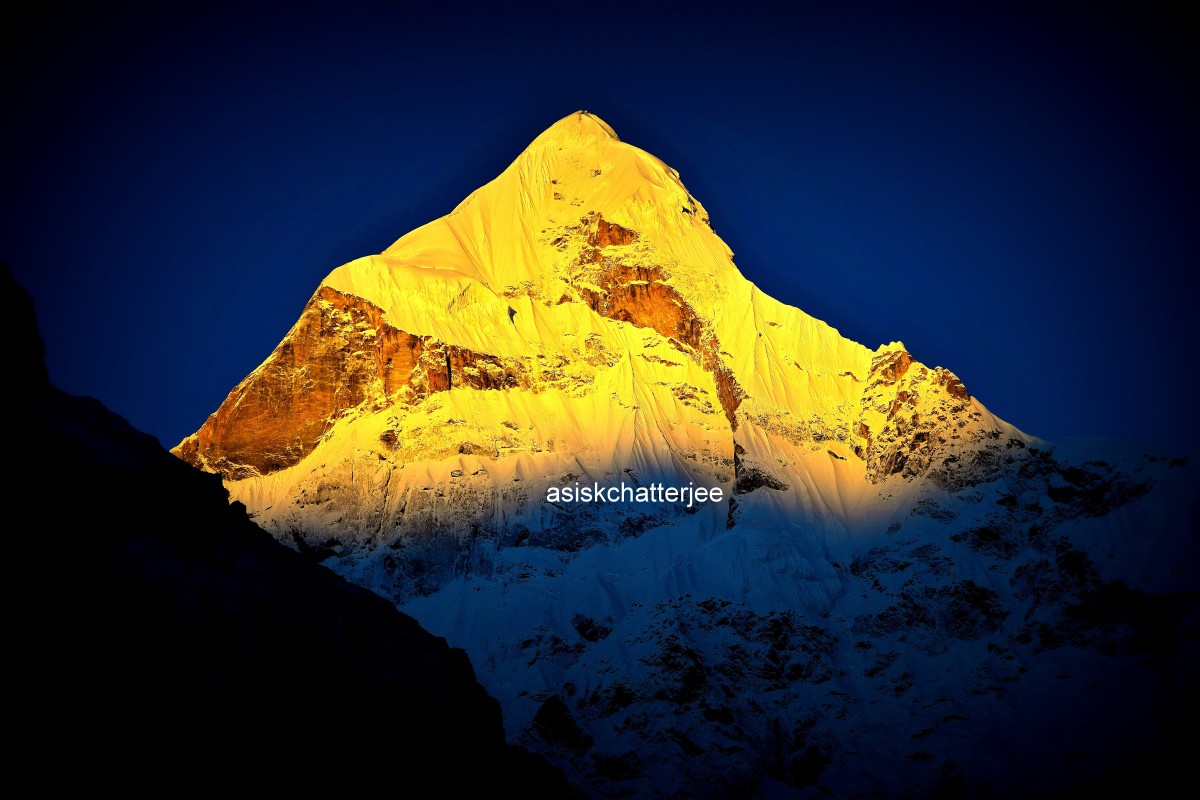Mertz Ice Shelf Breaks up in Antartica Forming new Iceberg
If you ever want to see massive icebergs, go to Antartica just off the south Pole.
Satellite imagery has been used to monitor climate change with the belief that the polar ice caps are melting.
A huge iceberg has broken off the Mertz Glacier in Antartica and is drifting loose in the Southern Ocean. The Mertz Glacier protrudes more than 100 miles into the sea and this part is known as the 'tongue'.
Another iceberg, known to scientists as B-9B, struck the tongue earlier this month, around February 13, 2010, according to satellite imagery.
The B-9B, which is 97km by 35km (58miles by 24 miles), is the remainder of one of the biggest icebergs recorded, the B9, that formed (calved) in 1987 from the Ross Ice shelf, then difted westwards for 5 years until it stopped at the Ninnis Bank, about 100 kms east of the Mertz Glacier, where it remained for 18 years until it started moving again late last year.
‘The calving itself is not linked to climate change but it is related to the natural processes occurring on the ice sheet,’ Reuters reported Rob Massom, a scientist at the Australian Antarctic Climate and Ecosystems Co-operative Research Centre in Hobart, Tasmania as saying.
The new iceberg is reported to measure 50 miles by 25 miles, making it roughly the same size as Luxembourg, or Tenerife.
It reportedly contains enoughwater to supply the entire population of the world for a year.
Both icebergs are drifting close together approximately 100 miles north of Antartica.

There is a worry that this new calfing could affect global ocean circulation patterns, as previously the tongue of the Mertz Glacier was where icy water entered the deep waters of the oceans, and now that area has been blocked by the new icebergs.
Antartica is much more influential in global weather patterns than the Arctic.
Watch the video below which explains much better than I could the possible effect on global weather patterns.
It was only in December of last year that fear were expressed over the giant B-17B iceberg which looked as if it was collision course for Australia.
It was reckoned that should this iceberg hit land, it would strike with the force of a 3 - 4 earthquake.
Latest reports have said that this iceberg is now much smaller as it has calved several other icebergs, each several kilometres in size, and is melting slowly.
Watch this short video clip for the beautiful scenery in Antartica



